
Flatwork Compass with Obi | A Dozen Throws and a Different Disc Dog
I have not played with Obi in a while. And when I have it’s been toss and fetch, a nice stable pattern that he knows and understands. I was laughing to myself about running this form with him before shooting because I knew he was going to take off when I shuffled my feet on that first toss (0:19).
That said, I picked up a few things about what was going to happen with our session and that we would need to work on in the first couple rounds of the Flatwork Compass The Flatwork Compass is a disc dog form that separates the Flank from the Pass, creates a reliable trigger, and exposes the team to all of the key elements of Team Movement. https://www.youtube.com/watch?v=xW7Czz-7ows&list=PL8zWXaJfi1-synGOkBJ7u4p-WkotsL3LR... More.
The Flatwork Compass is a disc dog form that separates the Flank from the Pass, creates a reliable trigger, and exposes the team to all of the key elements of Team Movement. https://www.youtube.com/watch?v=xW7Czz-7ows&list=PL8zWXaJfi1-synGOkBJ7u4p-WkotsL3LR... More.
Getting My Bearings and Diagnosing the Dog
Trigger | Waiting Works
I knew he was going to have trouble with the trigger. This was supposed to be his portion of the lesson – a great example of “Why You Need the Flatwork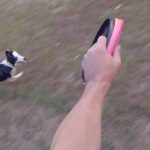 Flatwork is the stuff that happens between the catches. How the team moves and transitions, often without the disc, is flatwork. Flatwork concepts in disc dog are taken from the agility and herding... More Compass”.
Flatwork is the stuff that happens between the catches. How the team moves and transitions, often without the disc, is flatwork. Flatwork concepts in disc dog are taken from the agility and herding... More Compass”.
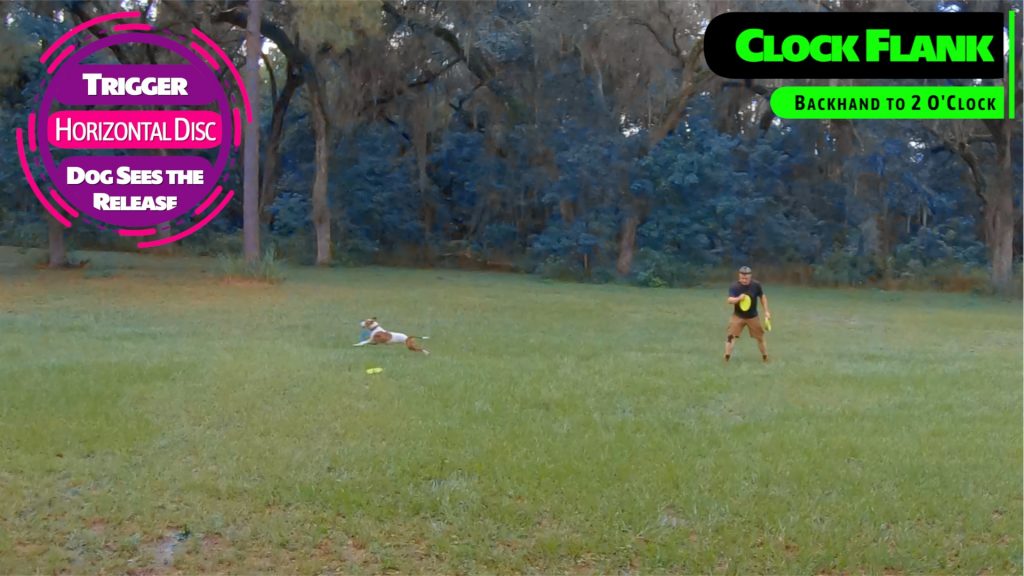
The answer to this is to simply chill and let it work itself out. You can see how my non-response to his taking off made him responsible for his own actions. Yelling at him and trying to fix it would have absolved him of his responsibility and I would have spent the whole session trying to run and control him.
Simply waiting and not rushing to get success gives the handler great power. I’ll repeat this a few times and he’ll be much more responsive on the trigger.
Pressure & Position | Got a Plan for the Next Round
I expected his non-responsiveness to my pressure on him on the retrieve and while getting set up. He’s a bit of a blockhead, which is nothing that a few rounds of the Flatwork Compass won’t fix as you saw demonstrated in the video with the trigger.
I wasn’t expecting the pressure he put on me, however. Maybe I had forgotten or maybe he has gotten more pushy, but the pressure was really hard to handle. He’s a beast and he was pushing on me hard.
Position
His super tight position was a bit uncomfortable and something I didn’t really recall about working him. I didn’t really address it too much apart from putting pressure on him. Which is totally fine by him. He doesn’t mind it at all as long as he gets to get that disc.
I mind it, though. I don’t want to have to control this beast. It’s a full time job. I want to set it up so he controls his position. I’ll slow the Compass down in terms of intensity and pace and will build in a little more distance on the Wait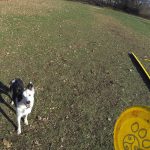 Waiting on cue and situationally is extremely important for disc dog freestyle training. The competition field might not see too much waiting going on as everything is supposed to be happening in flow,... More. And I’ll try to let him make the decisions rather than make him do it.
Waiting on cue and situationally is extremely important for disc dog freestyle training. The competition field might not see too much waiting going on as everything is supposed to be happening in flow,... More. And I’ll try to let him make the decisions rather than make him do it.
Hooking Up
I got a plan for his resistance to pressure on our hook up. I think he’s blasting through the pressure I apply to him because it’s simply easier to fly by than to stop and risk running into me. There’s not a good enough cookie in there for that.
This avoidance and apathy to positional pressure on approach is a known issue that both Apryl & I have worked on in other contexts. The Flatwork Compass should provide a nice framework for cleaning up and eradicating that behavior.
I am going to try 2 things: apply and remove pressure and/or offer a flip or a bite to back chain the approach. So as he approaches I will have the pressure applied and then as he gets close to arriving I will step back to pull him him. Wish me and my bum frisbee knee luck – I might be getting clobbered. If that doesn’t work I’ll try offering a few bites with the same pressure mechanics and then shift to a flip to give us some space.
Wrapping It Up
Hopefully you could see a nice progression in behavior in the 12 throws we made in this single 4 minute session. The improvements in the trigger ought to hold too.
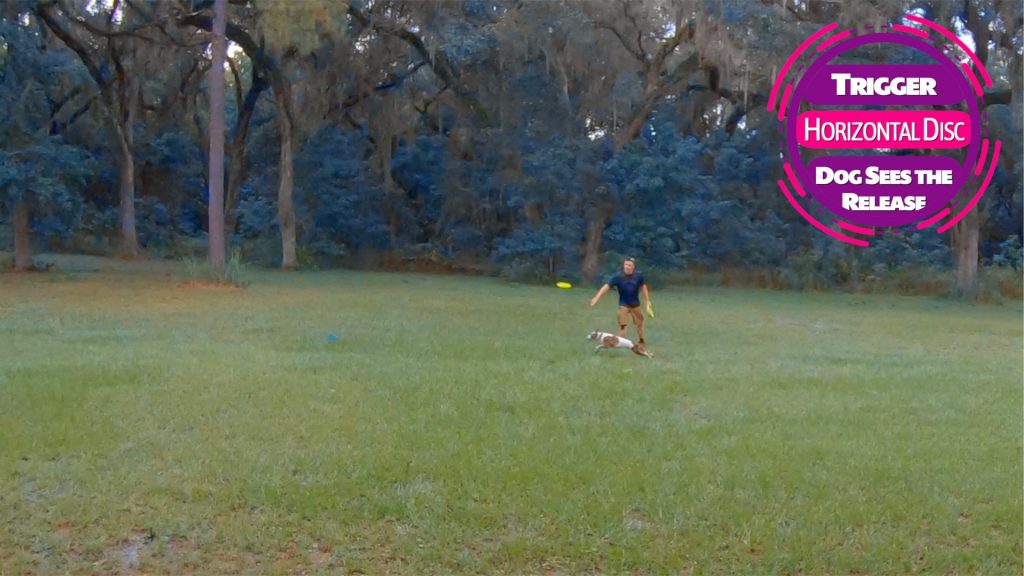
12 throws in 4 minutes and we have a dramatically improved trigger, a better wait, and a plan to solve a couple of other nagging problems he has shown throughout his career. A few dedicated sessions and we should have marked improvement in all aspects of his game.





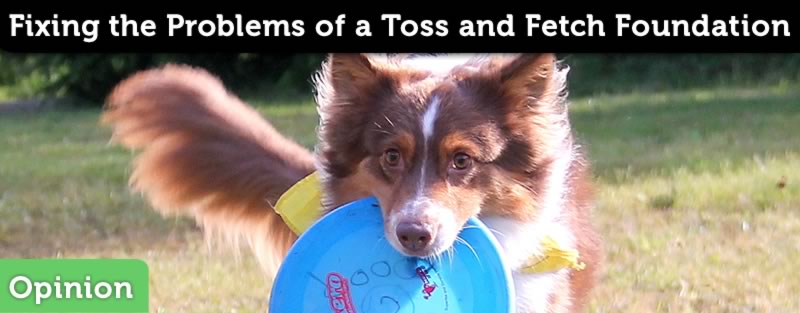


Responses